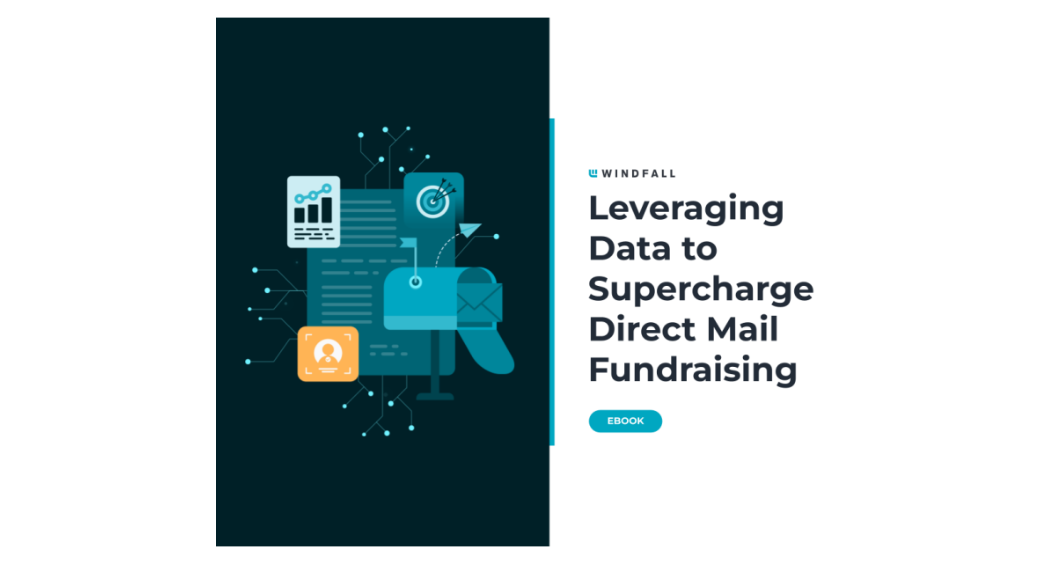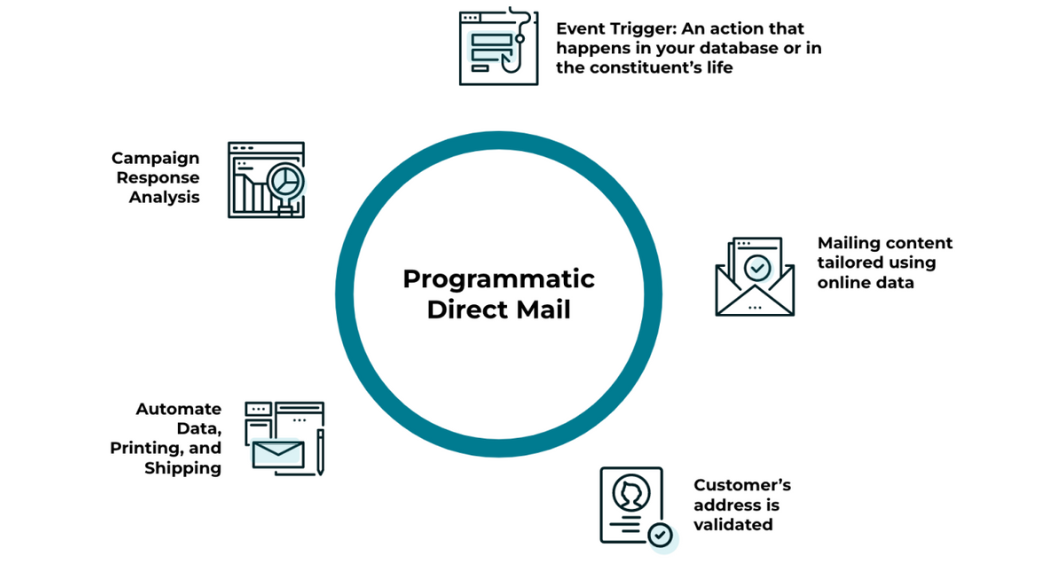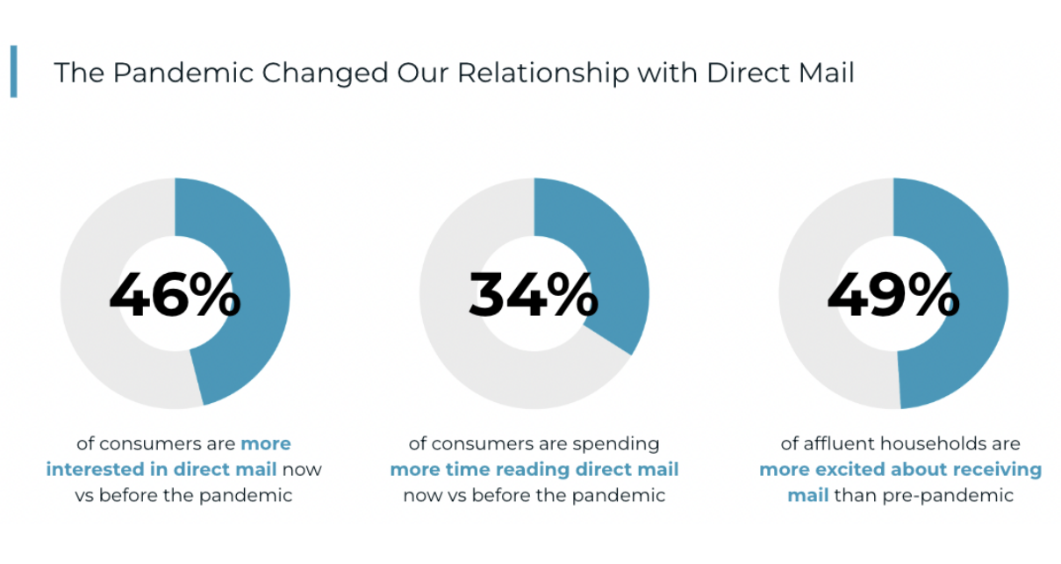 By Dan Stevens, Co-Founder, SVP of Business Development & Operations at Windfall Data
By Dan Stevens, Co-Founder, SVP of Business Development & Operations at Windfall Data
As prevalent as digital-first approaches and second screening have become, direct mail still plays a critical role in the marketing mix for many nonprofits. Direct mail’s staying power is driven by its superior response rates, which, according to DMA, can be up to 9x higher than responses to email marketing. Direct mail even saw a renaissance during the COVID-19 pandemic, as working-from-home has increased Americans’ interest in direct mail and the time they spend engaging with it.
However, the elephant in the room during any direct mail budget discussion is its overall cost, which can range from $0.50 to upwards of $3.00 per piece and encompasses design, printing, postage, and targeting data / address verification. At Windfall, we work with 800+ nonprofits across the country who leverage our robust data and predictive models to enhance their direct marketing campaigns. Based on our learnings, we’ve outlined three tactics that nonprofits can use to ensure they are maximizing the ROI of this costly channel:
1. Utilize data to segment your direct mail outreach
With the current economic climate putting marketing budgets under scrutiny, it’s imperative to take a data-driven approach when deciding who to mail. While nonprofits may have historically mailed everyone in their database, it may not yield the results warranted to continue this strategy in 2023 and beyond.
Wealth screening and other constituent information can be leveraged to determine which households are your best targets for direct mail. At Windfall, we encourage our customers to utilize precise net worth as well as other triggers, or additional data points on a given household, related to philanthropic affinity and life events to prioritize households for inclusion in a mailing campaign. We’ve outlined many of the detailed steps in our eBook:

Additionally, you can tailor the gift arrays on the mail pieces themselves based on a household’s net worth and past giving to your organization. This allows you to deploy data-driven ask targets to ensure you are not leaving money on the table simply because you are not asking for the right-sized gift.
Finally, avoid returned and undeliverable mail pieces by ensuring your address data is up-to-date and assessed regularly. Many nonprofits will rely on their direct mail vendor to run merge-purge and NCOA (National Change Of Address) maintenance on their lists before mailing. Coupling these services with Windfall’s accurate data, and in some cases Windfall’s predictive modeling capabilities, ensures that we are mailing the constituent’s primary address and maximizing the response rates.
2. Leverage Programmatic Direct Mail workflows
Programmatic Direct Mail is a powerful modality of direct mail favored by many retail & financial services businesses, but chronically underutilized by nonprofits. This type of campaign is driven by a predetermined logic cascade that enrolls constituents in a direct mail campaign after they complete a qualifying action like making a first-time gift or visiting a healthcare clinic as a new patient, or after they experience a qualifying life event. Windfall’s customers utilize our multiple time-based triggers in their Programmatic Direct Mail campaigns, including:
- Recent Mover
- Career Promotion
- Liquidity Event
- Recent Mortgage
- And more!

Many organizations have multiple programmatic direct mail campaigns running at any given time for various initiatives (events, fundraising, or awareness). These campaigns are often set to run over the course of months or several quarters, enrolling new members as they perform the triggering action or meet the campaign inclusion criteria on a rolling basis. Programmatic Direct Mail is “always on” and does not require your team to crunch data or address envelopes on a weekly basis, rather a set of workflows, logic, and data transfer agreements creates a steady stream of timely outreach to your best prospects.
In addition, if organizations are trying to optimize budgets, this type of campaign can also help nonprofits leverage direct mail cost efficiencies Direct mail assets are designed and pre-printed in bulk and the focus of the campaign is only a subset of your constituent base so you are ensuring that you have spent money at the right time.
3. Pair direct mail with digital outreach for an omnichannel approach
Industry benchmarks indicate that it takes three or more impressions for a marketing message to really click with your audience. By leveraging direct mail with other, less costly, outreach channels like social media or paid online display, you can decrease the time it may take your audience to convert, while also increasing your campaign’s visibility.
Even if a donor ultimately makes their gift online, pairing targeted direct mail with email solicitations and other lower-cost “air coverage” channels has been found to increase online conversions 3x! Further, direct mail has open rates north of 40% versus <1% for emails, giving your message its best opportunity to cut through the clutter and reach constituents.
There are many use cases that we’ve seen organizations support, including:
- Targeting lapsed donors
- Annual Fund outreach
- New Donor acquisition campaigns
- Grateful patient communications
Looking to learn more about nonprofit best practices around direct mail campaigns? Check out Windfall’s recent eBook on leveraging data for direct mail efforts.



